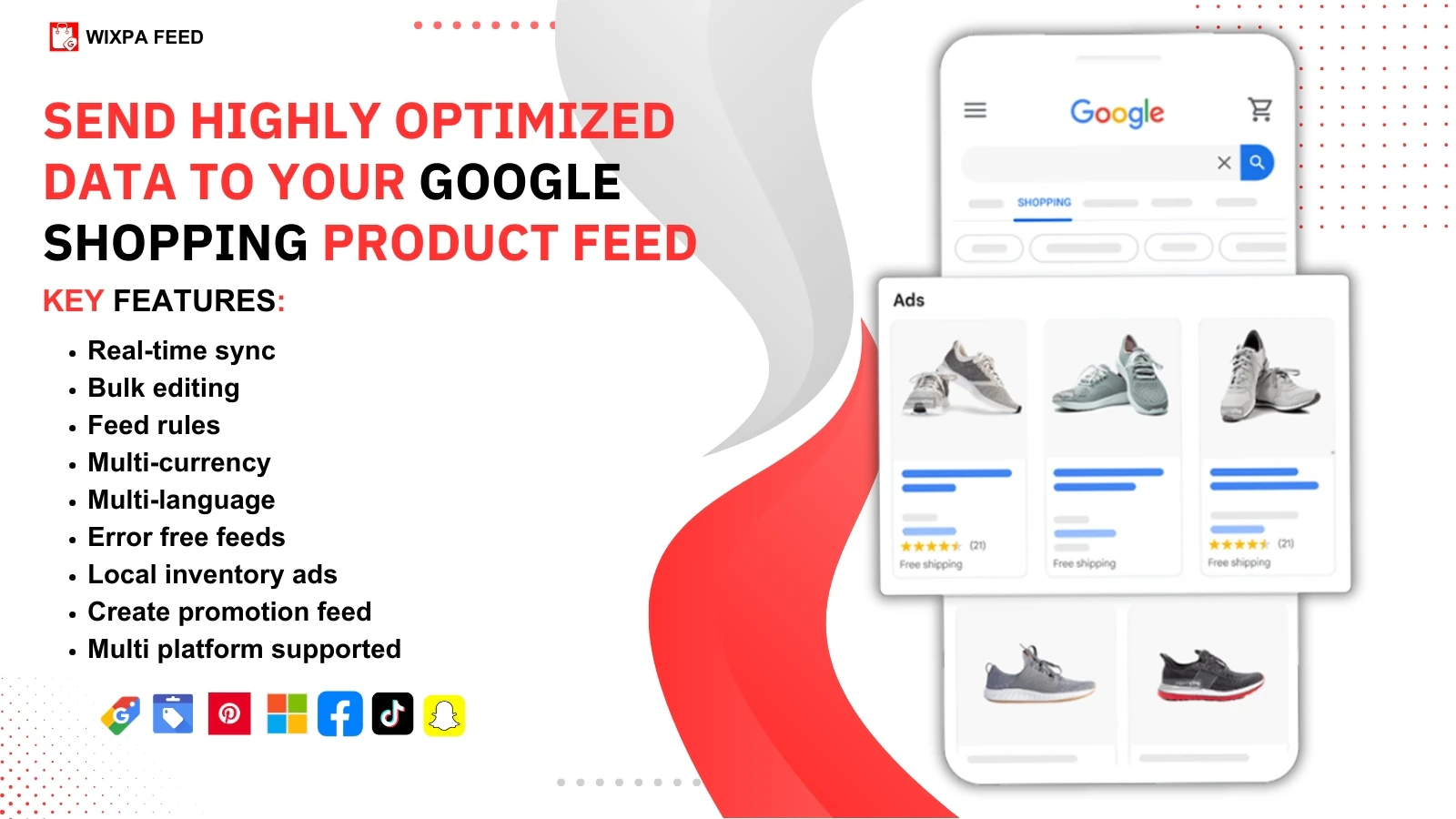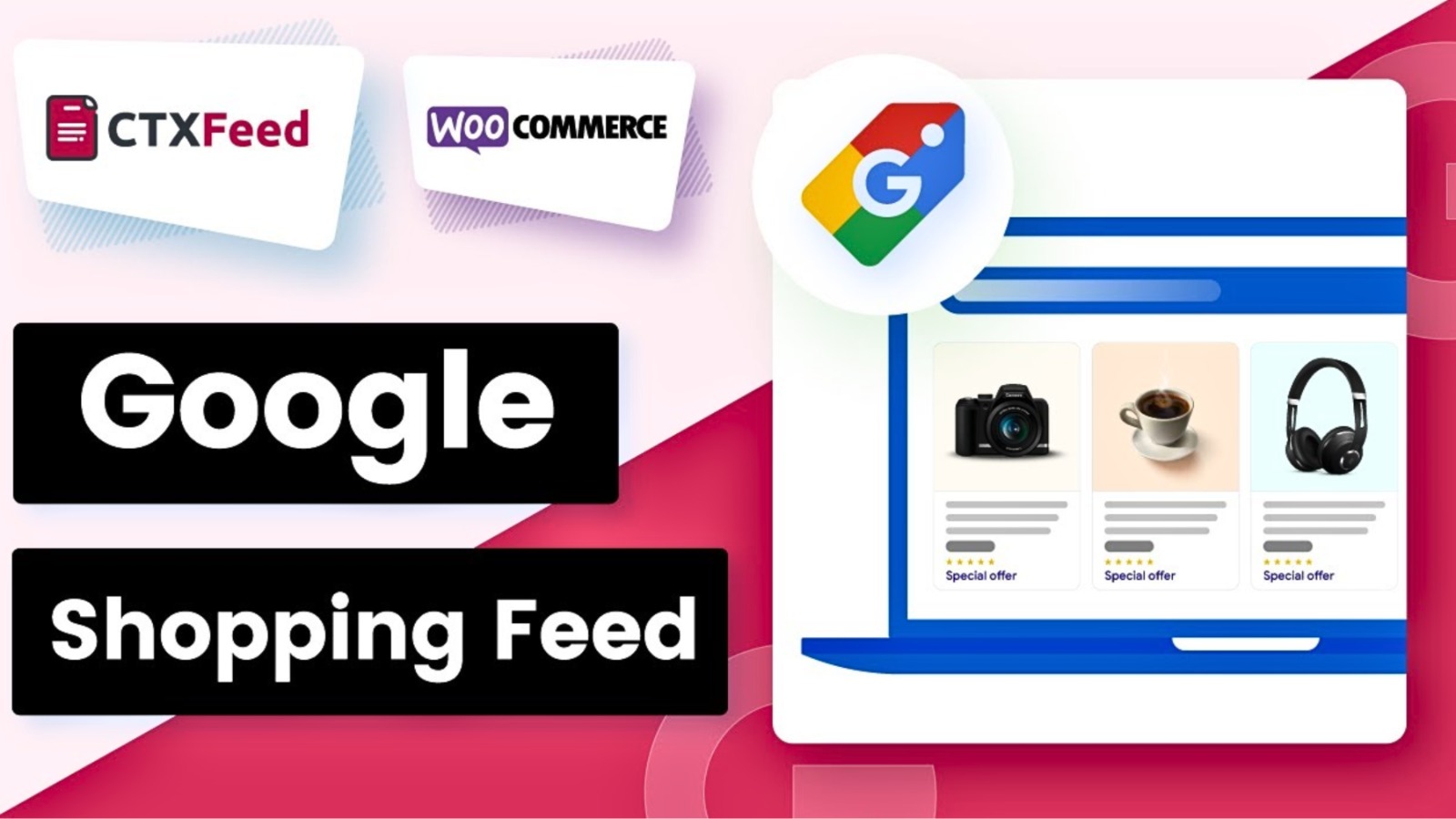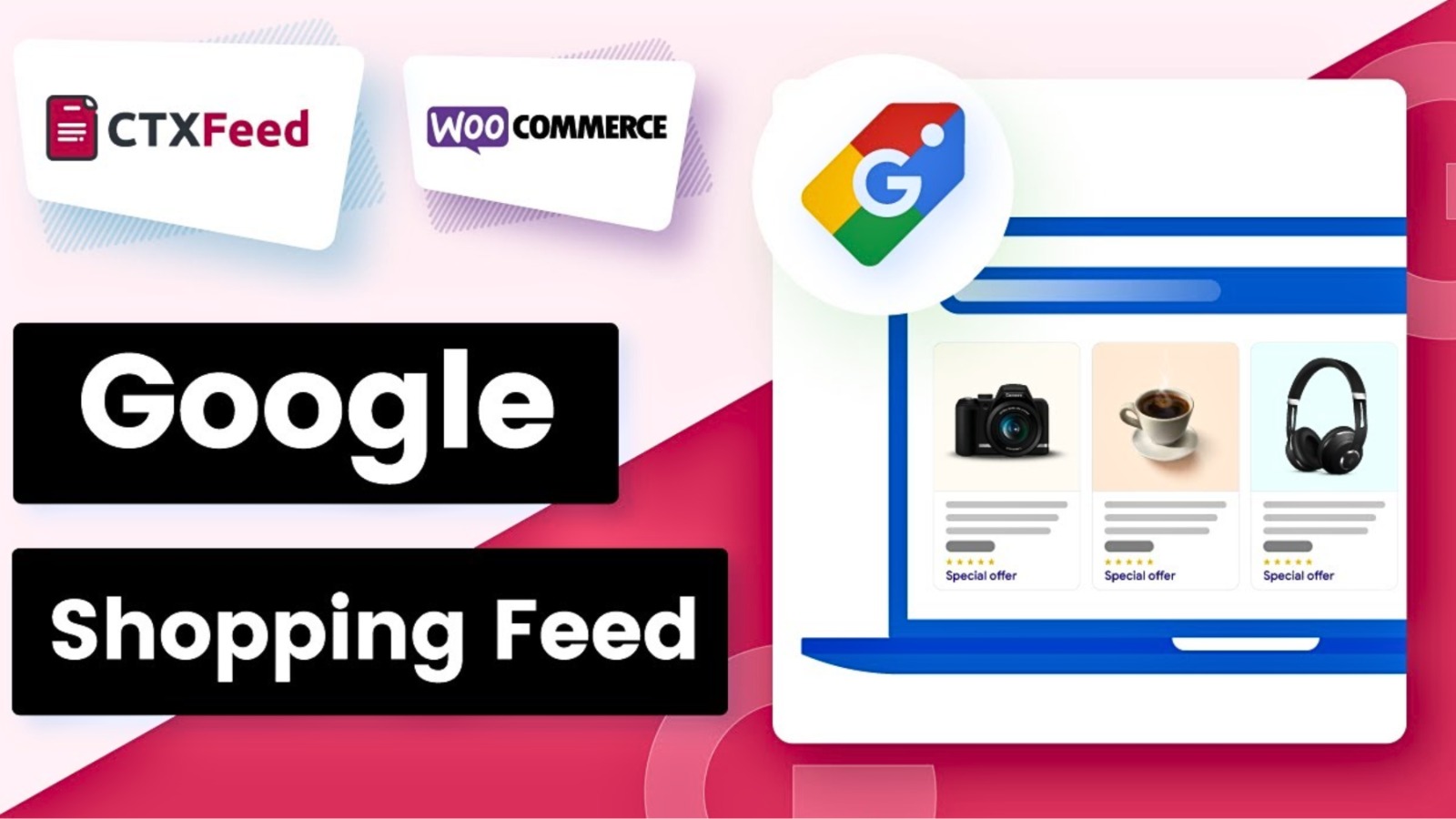 DA 50+ Guest Posts – Get Featured on Real Authority Blogs!
DA 50+ Guest Posts – Get Featured on Real Authority Blogs!
Perfecting Product Titles for Google Shopping Success
Written by Mubashir Ahammad » Updated on: July 05th, 2025

In the competitive world of eCommerce, standing out in the Google Shopping carousel is essential for attracting clicks and driving conversions. The product title, while often overlooked, plays a powerful role in this equation. As the first piece of information shoppers see—before even clicking your ad, your product title can be the difference between making a sale or losing a customer to a competitor.
Perfecting Google Shopping product titles is not just about inserting keywords—it's about creating clear, relevant, and engaging content that aligns with both user intent and Google’s ranking algorithm. With the help of tools like Wixpa Feed, merchants can automate and optimize their titles across hundreds or thousands of products for maximum visibility and performance.
Let’s explore the strategies that help you master the art of product titles—and win on Google Shopping.
Why Product Titles Are Crucial in Your Google Shopping Feed
When a user performs a product-related search on Google, the algorithm pulls data from the Google Shopping Feed to display the most relevant listings. The title is one of the most heavily weighted elements in determining which products appear and where they rank.
In fact, the Google Shopping product feed is essentially your digital storefront—and the title is the headline of each product. If it's vague, misleading, or poorly structured, not only will you lose potential clicks, but Google may also limit its visibility in search results.
To ensure success, your titles need to clearly and accurately describe the product, include relevant keywords, and follow a logical format that matches user behavior. When done right, Google Shopping title optimization improves impressions, increases click-through rates (CTR), and boosts overall ad performance.
Structuring Titles with Search Intent in Mind
The secret to successful Google Shopping product titles lies in structure. Google’s algorithm prioritizes the beginning of the title, so the most important keywords should appear early. A well-optimized title generally follows a proven structure: Brand + Product Type + Key Attributes (Color, Size, Material).
For example, consider a listing for a set of headphones. A generic title like “Bluetooth Headphones” won’t compete well. But a specific, optimized title such as “Sony WH-1000XM5 Wireless Noise Cancelling Headphones – Black” is rich in keywords and tailored to search intent.
Using tools like Wixpa Feed, you can automate this structured format across your product catalog. The tool allows you to define rules for how titles are created based on product attributes, ensuring consistency and optimization at scale.
This level of Google Shopping Feed Automation saves valuable time while maintaining compliance with Google’s best practices. It also allows for easy updates and improvements, which are critical in fast-moving product categories like fashion, electronics, and beauty.
Automating Title Optimization Across Your Feed
For merchants with large inventories, manually editing product titles is not only time-consuming, but it’s nearly impossible to maintain quality and consistency across the board. That’s where Google Shopping Feed Automation becomes invaluable.
Automation enables you to dynamically insert attributes like brand name, color, size, or product type into your titles. As product information changes, such as a new variant or updated SKU, your Google Shopping Feed remains up to date without requiring manual intervention.
This not only enhances operational efficiency but also reduces errors and prevents issues like disapproved products or low-quality feeds. A well-maintained Google Shopping product feed contributes to higher Quality Scores and lower CPCs (cost per click), giving your campaigns a competitive advantage.
Moreover, automation helps you quickly respond to seasonal trends and promotional periods. You can adjust title templates on the fly to reflect timely search behavior, such as adding “Mother’s Day Gift” or “Back-to-School” in a strategic way that complies with Google’s policies.
Avoiding Common Title Optimization Mistakes
Even experienced sellers can fall into the trap of poor title practices. Overuse of promotional language, keyword stuffing, or missing critical product details can hurt your performance in both paid and organic listings.
The goal of Google Shopping title optimization is clarity and precision—not excessive marketing jargon. Keep your titles free from words like “Best Price” or “Free Shipping,” which violate Google’s content guidelines. Instead, focus on attributes that matter to your customers.
For example, including information such as “waterproof,” “leather,” “4K UHD,” or “gluten-free” (depending on the product category) helps your listings resonate with buyers. These qualifiers are often used in search queries and can boost your match rate when placed strategically in your titles.
Again, using a platform like Wixpa Feed ensures these optimizations happen automatically across your Google Shopping product feed, allowing you to scale best practices and focus on strategy rather than manual updates.
The Link Between Product Titles and Ad Performance
Your product titles don’t just affect visibility—they directly influence ad performance. A compelling and descriptive title improves CTR by telling the shopper exactly what they’ll get. Higher CTR leads to improved Quality Score, which can lower your cost-per-click and increase your overall ad position.
Think of your product title as a mini-ad. It needs to deliver both information and persuasion. If a user is searching for “Men’s Waterproof Hiking Boots Size 10,” and your title reads simply “Men’s Boots,” you’re less likely to earn the click—even if your product is a perfect match.
By consistently refining and optimizing titles, especially with the help of Google Shopping Feed Automation, you increase your likelihood of success in both ad placement and user engagement.
Final Thoughts: Build Strong Foundations With Optimized Titles
Perfecting your Google Shopping product titles is one of the smartest investments you can make in your eCommerce strategy. With optimized, keyword-rich titles, you’ll improve your visibility, attract more qualified traffic, and boost your return on ad spend.
Remember that your Google Shopping Feed is only as effective as the data it contains. Poorly structured or incomplete titles can drag down even the best campaigns. By using intelligent tools like Wixpa Feed, you can automate your optimization efforts, scale your best practices, and maintain a competitive edge in today’s crowded shopping landscape.
With the right structure, automation, and strategy in place, your Google Shopping titles will no longer be an afterthought—they’ll become your greatest asset.
Note: IndiBlogHub features both user-submitted and editorial content. We do not verify third-party contributions. Read our Disclaimer and Privacy Policyfor details.
Copyright © 2019-2025 IndiBlogHub.com. All rights reserved. Hosted on DigitalOcean for fast, reliable performance.













